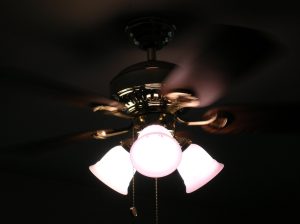Visual Development and Object Recognition
112
Learning Objectives
Know where the MT (medial temporal area) and MST (medial superior temporal area) are.
Know the functions of these two areas.
Know which pathway (dorsal or ventral) the two areas belong to.
The medial temporal (MT) and medial superior temporal (MST) areas are examples of the specialized visual areas in the brain. Specifically, MT and MST have the function of detecting motion. These medial temporal areas reside toward the bottom of the brain, in the dorsal stream of the visual cortex, and play a role in both visual perception and visual memory (Zu, Khan).

The “motion pathway” is believed to be the stream in which a special role of representing motion signals takes place, beginning with the parasol cells in the retina and continuing through cortical areas of V1 and to MT. MT is known to be the area which receives the input from direction-selective neurons in area V1. Direction-selective basically means that they have a strong response when an object or field of random dots move in one direction, but they respond little to the other direction. The neurons in MT detect coherent motion in patches. That info from MT is then sent to MST to help put together coherent motion from around the scene to detect optic flow (Wandell, Brian).
Cheryl Olman PSY 3031 Detailed Outline
Provided by: University of Minnesota
Download for free at http://vision.psych.umn.edu/users/caolman/courses/PSY3031/
License of original source: CC Attribution 4.0
Adapted by: Hannah Thormodsgaard

